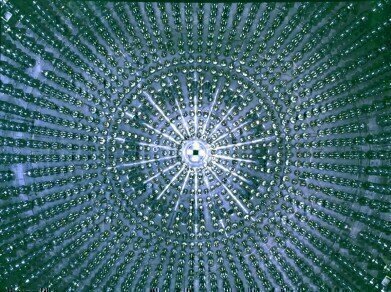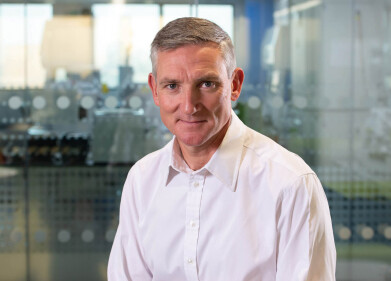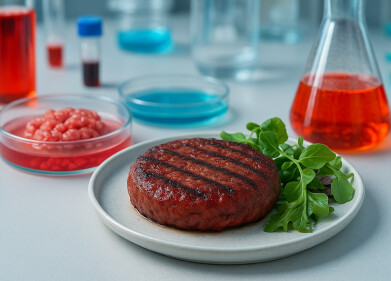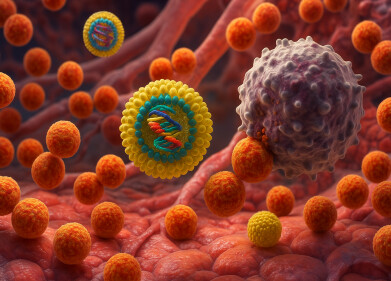-
 Some of the photosensors integral to the Borexino detector Credit: Borexino Collaboration
Some of the photosensors integral to the Borexino detector Credit: Borexino Collaboration
News
Solar Neutrino Research receives Acclaimed Award
Jun 15 2021
Borexino Collaboration to receive Giuseppe and Vanna Cocconi Prize 2021
“Thanks to our experiment, we have now acquired an almost complete picture of the processes taking place in the Sun’s interior,” - Professor Michael Wurm
In recognition of their studies into processes involved in the sun’s generation of energy, The European Physical Society (EPS) has awarded the Giuseppe and Vanna Cocconi Prize 2021 to the Borexino Collaboration, which includes scientists from the PRISMA+ Cluster of Excellence at Johannes Gutenberg University Mainz.
The award which acknowledges groundbreaking research into solar neutrinos, will be presented at this year’s virtual European Physical Society Conference on High Energy Physics (EPS-HEP Conference) on July 26, 2021.
Fusion reaction chains
The continuous conversion of hydrogen into helium which produces the sun’s energy, essentially involves two types of processes; the proton-proton chain (pp chain) predominant in smaller stars such as our sun, starts with two hydrogen nuclei fusing to create the intermediate hydrogen isotope deuterium from which helium is subsequently formed. The second reaction chain, involving the heavier elements carbon (C), nitrogen (N) and oxygen (O) – the CNO or Bethe-Weizsäcker cycle, is the main process generating energy in hotter, more massive stars.
Detection of neutrinos reaching Earth
During fusion processes, countless neutrinos are produced in the core which reach Earth in their billions and normally pass through it unhindered. The Borexino experiment, operating since 2007, has been able to detect neutrinos originating from several reactions along the pp chain in recent years; their latest achievement has been to explicitly identify neutrinos generated during the CNO cycle, which although significantly less abundant in comparison, provides the first experimental evidence of the CNO cycle taking place in the Sun. These findings pave the way for a better insight into the elements that compose the solar core, particularly with regard to how frequently heavier elements such as carbon, nitrogen and oxygen can be found in the solar plasma in addition to hydrogen and helium – or what the scientists refer to as ‘metallicity’.
“Thanks to our experiment, we have now acquired an almost complete picture of the processes taking place in the Sun’s interior,” said Professor Michael Wurm, a neutrino physicist at PRISMA+ and a member of the Borexino Collaboration. “This achievement is based on the common efforts of numerous colleagues from all over the world. I am delighted that this is now being acknowledged with the Guiseppe and Vanna Cocconi Prize.”
The Borexino detector, located in the Laboratori Nazionali del Gran Sasso in Italy, comprises of an extremely thin-walled, spherical nylon balloon that contains 280 tons of special scintillator fluid. Per day, about a hundred neutrinos interact with the detector material, generating tiny flashes of light which are detected by around 2,000 extremely sensitive photosensors (pictured).
Further information online
Digital Edition
Lab Asia Dec 2025
December 2025
Chromatography Articles- Cutting-edge sample preparation tools help laboratories to stay ahead of the curveMass Spectrometry & Spectroscopy Articles- Unlocking the complexity of metabolomics: Pushi...
View all digital editions
Events
Jan 21 2026 Tokyo, Japan
Jan 28 2026 Tokyo, Japan
Jan 29 2026 New Delhi, India
Feb 07 2026 Boston, MA, USA
Asia Pharma Expo/Asia Lab Expo
Feb 12 2026 Dhaka, Bangladesh


















